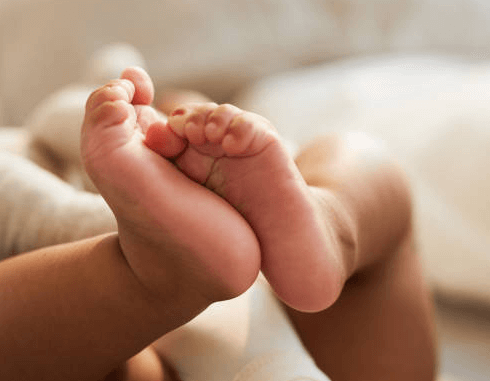
Baby Reflexes
A Baby’s Relfexes
The Newborn baby must make five major adjustments at birth.
- Removed from the aquatic environment of the uterus, he must adjust to the world of air. The first breath begins even before the umbilical cord is cut
- The circulatory relationship between mother and baby stops when the umbilical cord is cut so baby must now eat and digest his own food.
- He must also excrete his own waste.
- His own body temperature must be maintained
- Food is now only available at certain intervals, and he must adjust to intermittent feeding.
Unlearned reflexes are essential for an infant’s survival immediately after birth. To help make these adjustments, the infant has several inborn behavioral patterns, called reflexes or reflex actions. Sucking, swallowing, hiccupping, blinking, urinating, and defecating are all present in the baby’s behavioral repertoire at birth. These reflex behaviors are unlearned and are necessary for survival.
Survival Reflexes include..
- Breathing reflex – permanent reflex that provides oxygen and expels carbon dioxide
- Eyeblink reflex – permanent reflex that protects bright light shining in his eyes. A clap of the hands near the eyes will cause him to close his eyelids immediately.
- Pupillary reflex – permanent reflex that protects against bright lights: help visual system adapt to low illumination.
- Rooting reflex – touch baby’s cheek near the corner his mouth and he will turn his head towards the touch. This reflex helps baby find mother’s nipple for breastfeeding. This reflex gradually weakens after3 or 4 weeks
- Sucking reflex – Baby reflectively sucks on objects placed in his mouth, which helps him with feeding. This reflex disappears at about 4 months when voluntary sucking will come about.
- Swallowing reflex – Allows baby to swallow. If there is fluid in baby’s mouth, he will swallow it. This protects against choking.
Primitive Reflexes
- Babinksi reflex – baby fans and then curls toes when the bottom of his foot is stroked from the toes to the heel. This disappears between 8 and 12 months of life.
- Grasping reflex – baby curls fingers around an object that touches the palm of his hand. This is present at birth but is replaced by a voluntary grasp in the 3 to 4 months of life.
- Moro Reflex – Hold baby in a cradling horizontal position and slightly lower the baby in a fast motion towards the ground supporting the baby. He will make and embracing motion and arch his back extending his legs throwing his arms outward, and finally he will bring his arms in towards his body. This disappears at about 6 months
- Swimming Reflex – infant will show active movements of arms and legs and will involuntarily hold breath when immersed in water. This is present at birth and disappears in the 4 – 6 months
- Stepping Reflex – When you hold a baby under the arm and permit his bare feet to touch a flat surface, he will lift one foot after the other in a stepping fashion. This disappears in the first 8 weeks of life
- Withdrawal Reflex – Prick the sole of the foot with a pin( gently please). This causes the foot to withdraw by flexing the knee to hip. This reflex decreases after the 10th day of birth. It is a protection for the baby to unpleasant tactile stimulation.